Welcome to the delectable world of sustainable flavor innovation, where environmental practices meet culinary creativity. The food and flavoring industry is at a turning point, embracing eco-friendly practices that not only tickle the taste buds but also give Mother Nature a big, green hug. Let's take a flavorful journey through the latest trends and technologies shaping this exciting landscape. It’s going to be a tasty ride!
The Flavorist’s Role in Sustainable Food Production

Sustainable Sourcing of Natural Flavor Compounds
Gone are the days of plundering nature’s pantry without a second thought. Today, sustainable sourcing is the name of the game. Flavor companies are getting back to their roots, partnering with small-scale, sustainable farmers and embracing ethical wildcrafting practices. It’s like a farmers’ market, but for flavors! These practices not only preserve biodiversity but also ensure that our flavor profiles are as rich and varied as a painter’s palette. Imagine savoring a cup of coffee with a hint of wild bergamot, knowing that the harvest was kind to the earth.
Biodiversity is the spice of life, and flavorists are the chefs! By tapping into diverse ecosystems, they’re crafting unique flavor profiles that are as sustainable as they are scrumptious.
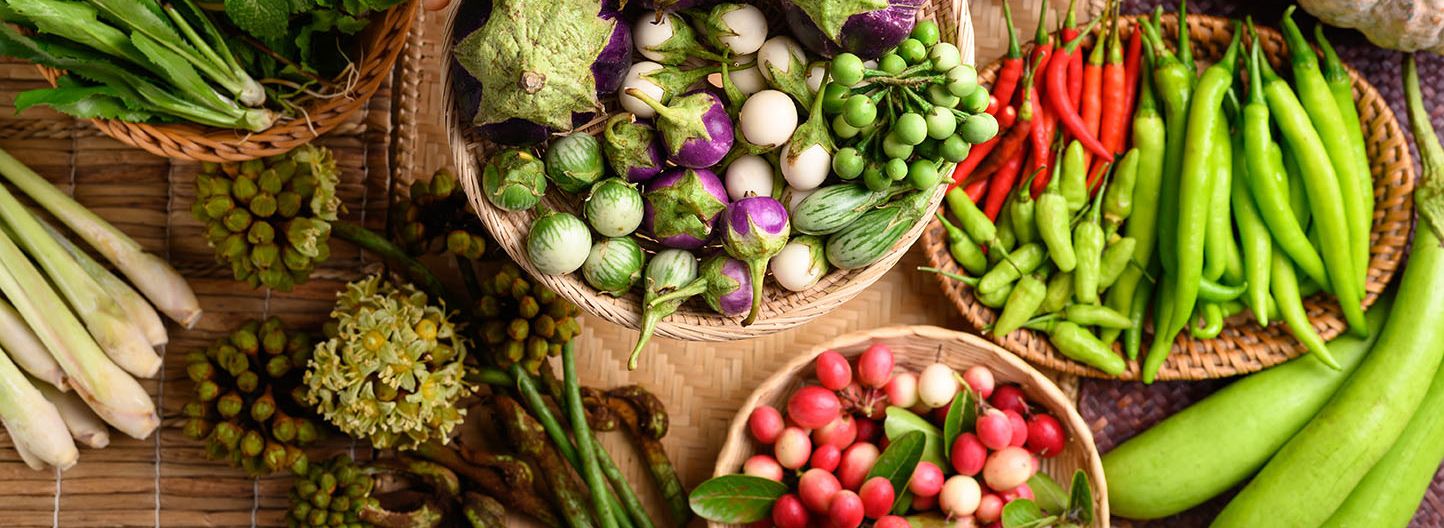
Green Extraction Methods
Extraction is the process of turning raw ingredients into the flavors we love, but traditional methods can be as wasteful as a squirrel hoarding acorns. Enter the green extraction methods, where science meets sustainability.
Supercritical CO2 Extraction
Think of this as the Swiss Army knife of extraction techniques. Supercritical CO2 is like the James Bond of solvents—tough on impurities, gentle on flavors. It’s efficient, eco-friendly, and perfect for extracting essential oils without leaving a trace of toxic residue.
Enzyme-Assisted Extraction
This method is like giving enzymes a gym membership. It uses natural catalysts to break down plant materials, making extraction as easy as pie. Or should we say, as easy as extracting flavor from a ripe peach?
Microwave-Assisted Extraction
Who knew microwaves could do more than reheat last night’s pizza? This technique uses microwave energy to quickly and efficiently extract flavors, reducing energy consumption and speeding up the process. It’s like having a culinary superhero in your kitchen!

Upcycling in Flavor Creation
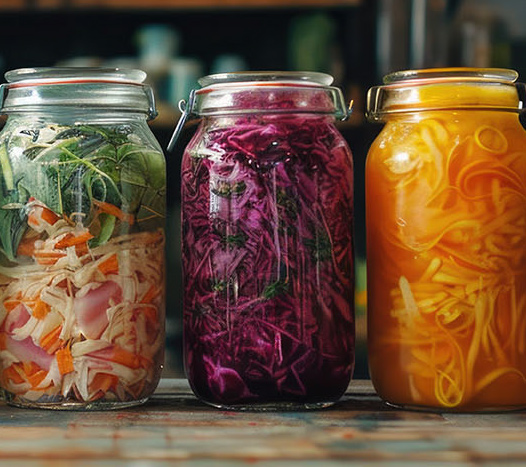
Citrus Peel Oils
Instead of throwing away those zesty peels, they’re being transformed into aromatic oils that add a burst of freshness to everything from cocktails to baked goods.
Coffee Cherry Extracts
Coffee cherries, once considered waste, are now prized for their unique flavor profiles. These extracts are the secret ingredient in some of the trendiest beverages, adding a fruity twist to your morning brew.
Biotechnology in Sustainable Flavor Production
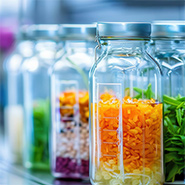
Fermentation-Derived Flavors

CRISPR Technology
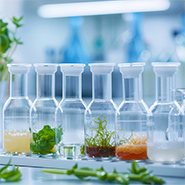
Precision Fermentation
Green Chemistry Principles in Flavor Synthesis

Atom Economy
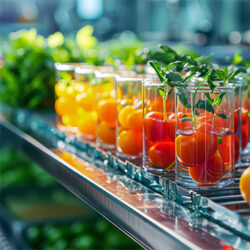
Water-Based Reactions

Catalysis Innovations
Balancing Artistry and Sustainability in Flavor Creation
In the ever-evolving world of food and flavoring, sustainability is not just a trend; it’s a revolution. From sustainable sourcing to cutting-edge biotechnology, the industry is creating flavors that are as good for the planet as they are for our taste buds. So, the next time you savor a bite or take a sip, remember that behind that delicious flavor is a world of innovation and sustainability working hard to keep our planet green.
There you have it—a flavorful exploration of how the food and flavoring industry is making a mark on sustainability. Now, every bite you take is not just a taste sensation, but a step towards a greener, more delicious world!
Let’s toast to a future where flavor and sustainability go hand in hand! Cheers to a deliciously green tomorrow!
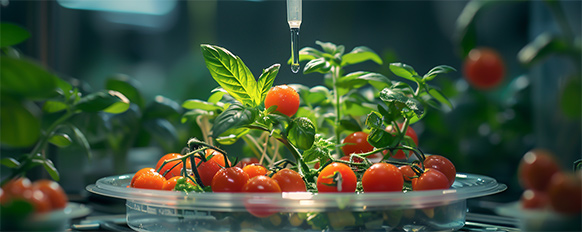
Insights & Trends
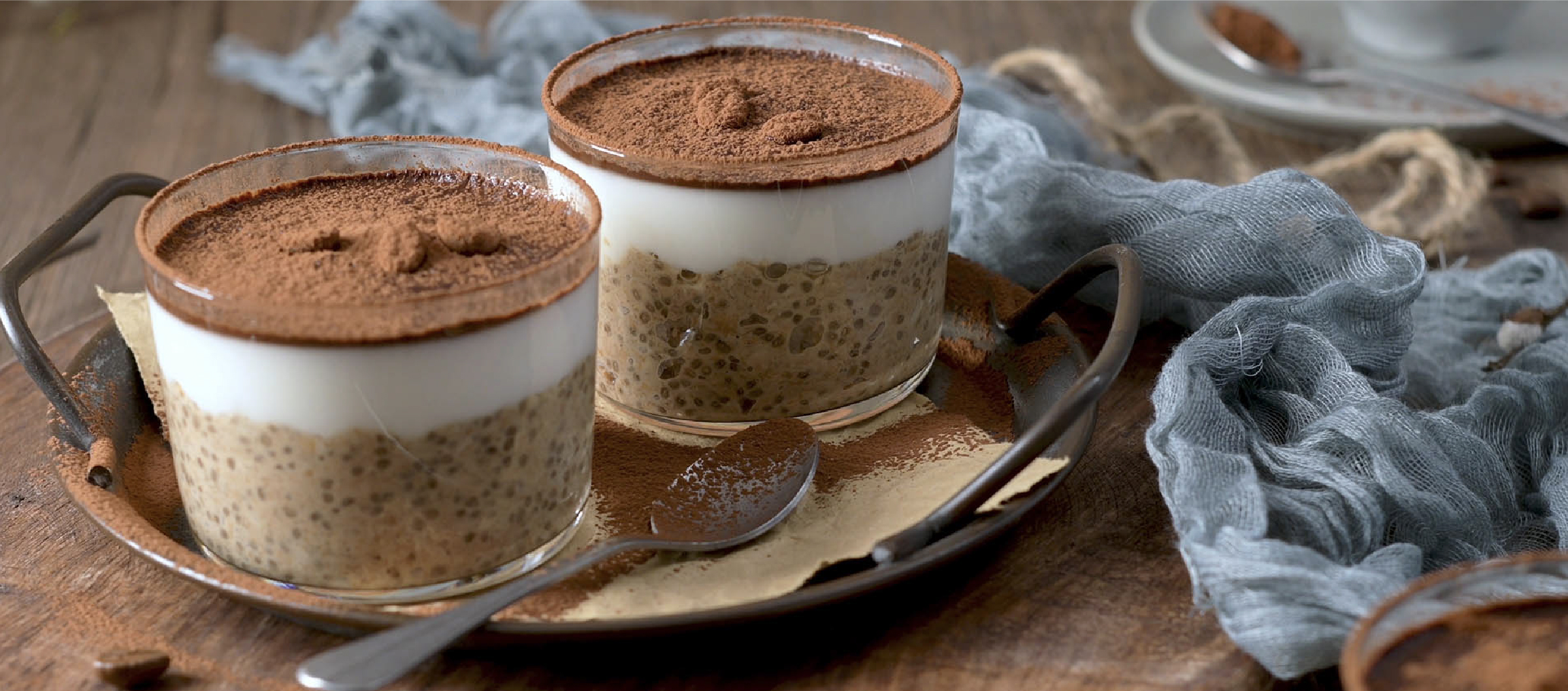
Stack Attack

The Aftertaste Ambush
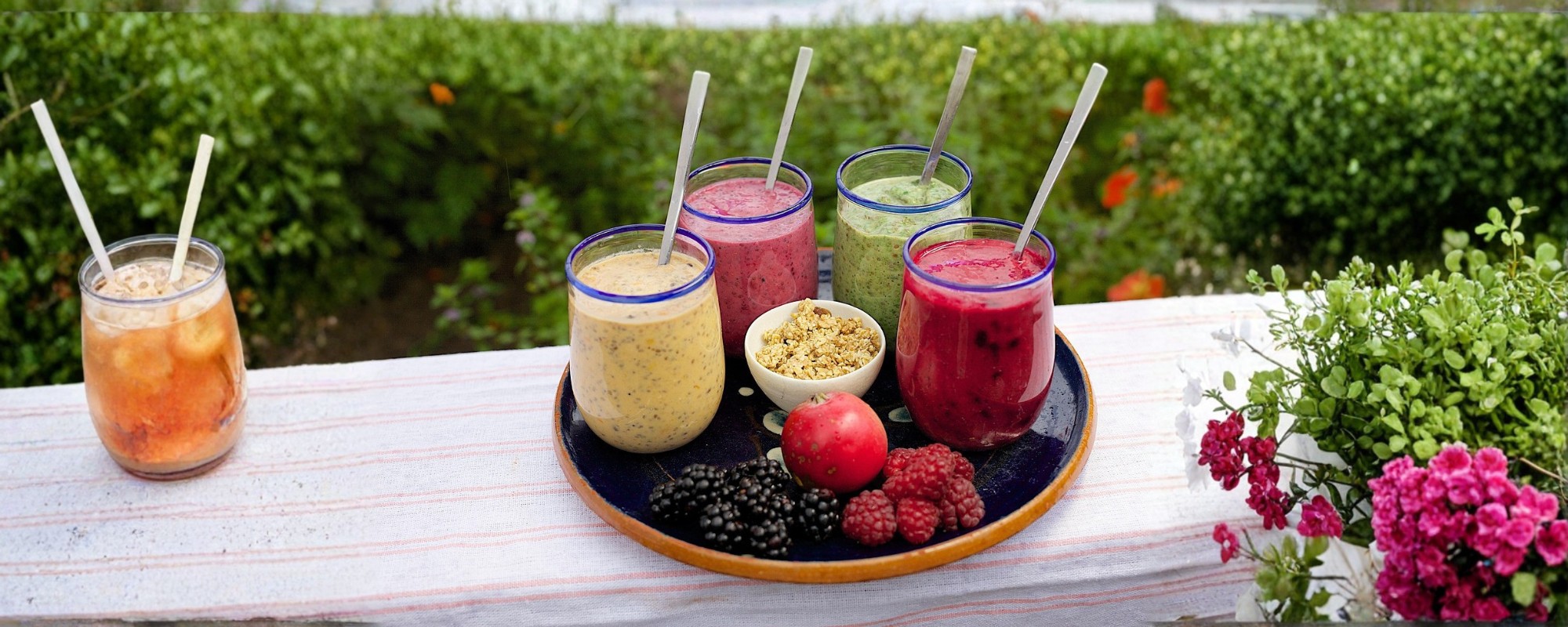
Function in Disguise

When Texture Talks Louder Than Taste
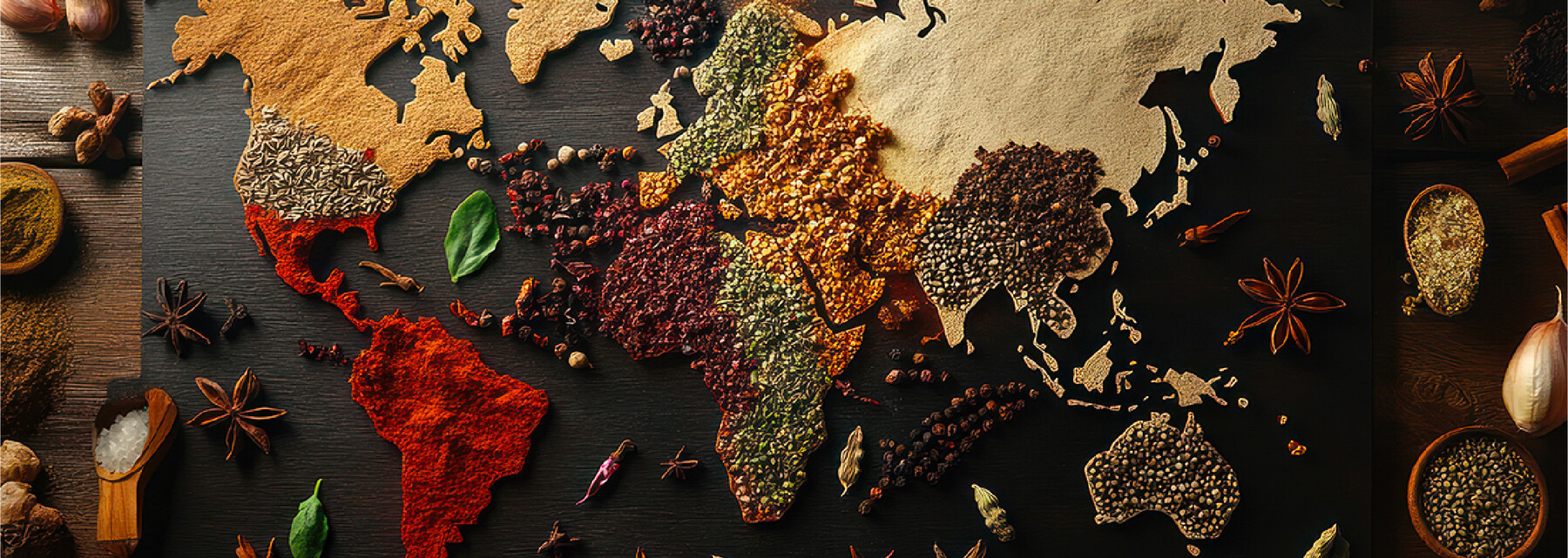
Spice. Sprinkle. Savor.
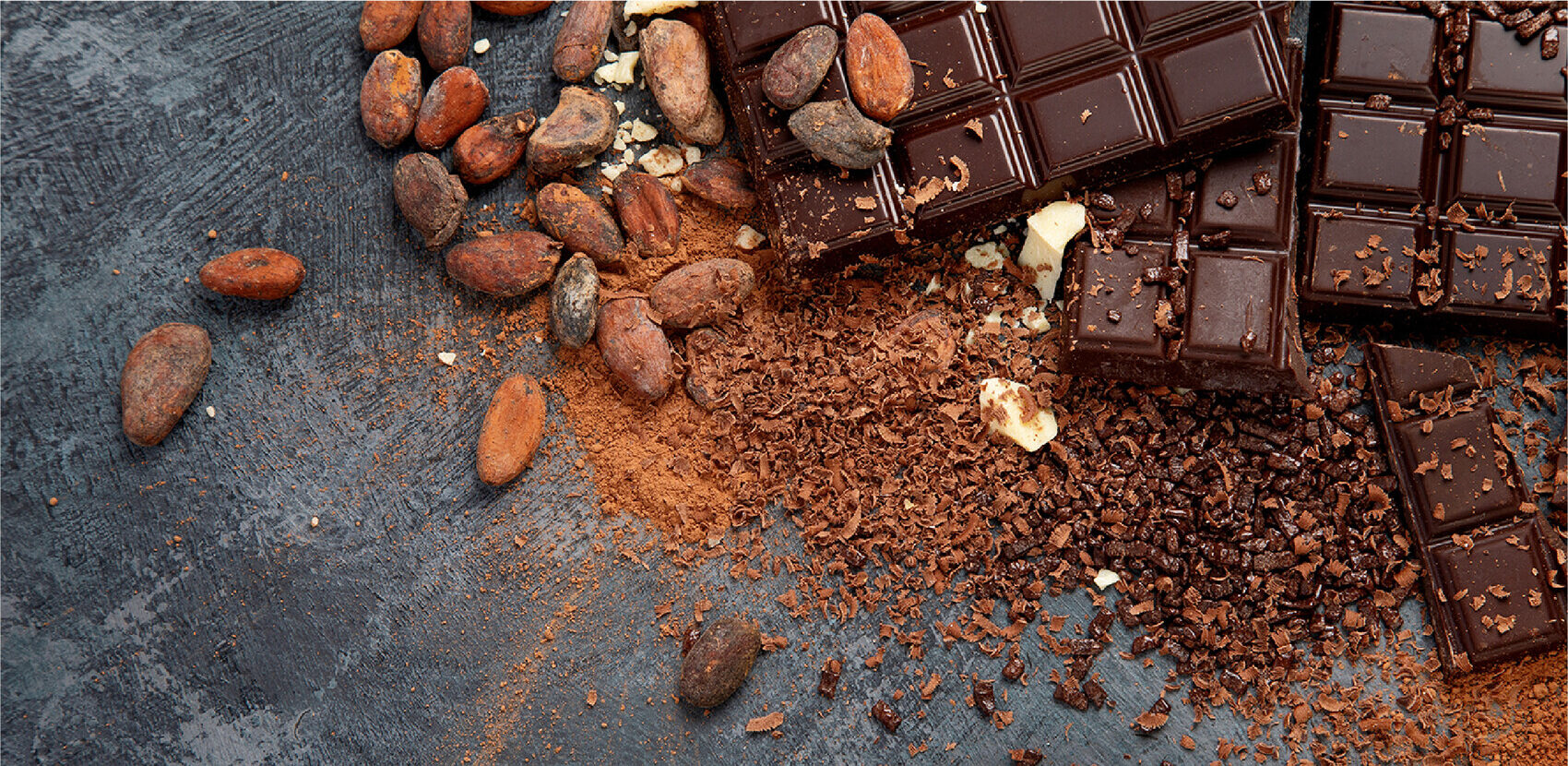
When Less Is More

From Snack to Savor

Precision Fermentation
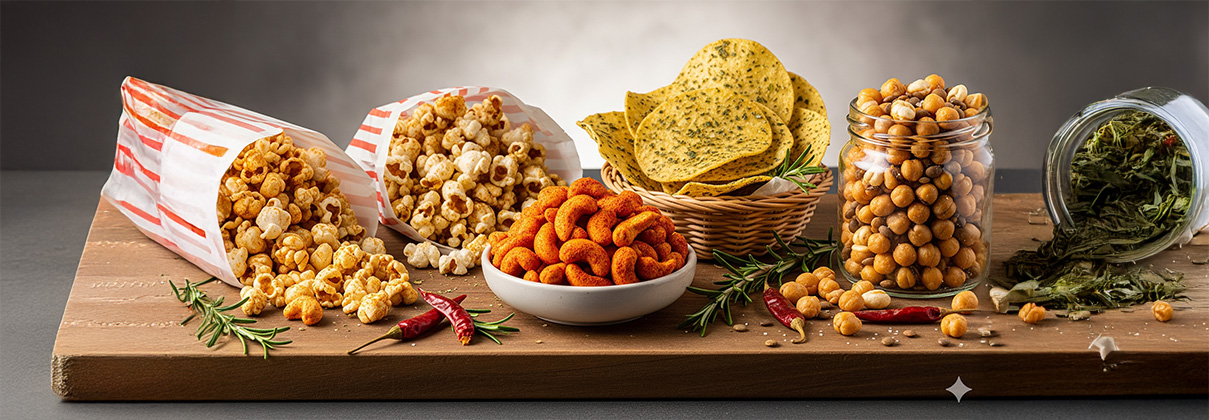
Snackification Nation
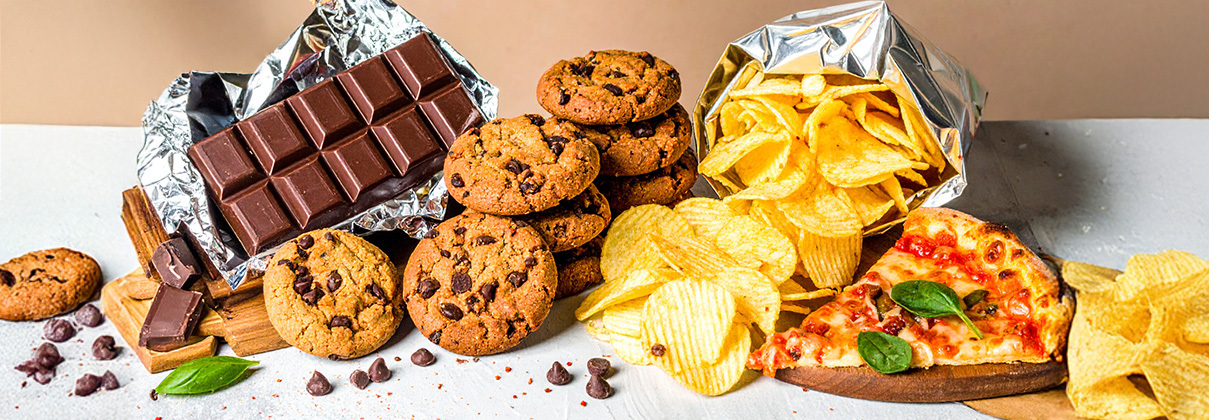
Snack to the Future

Fizz With Benefits

Satisfy in a Single Bite
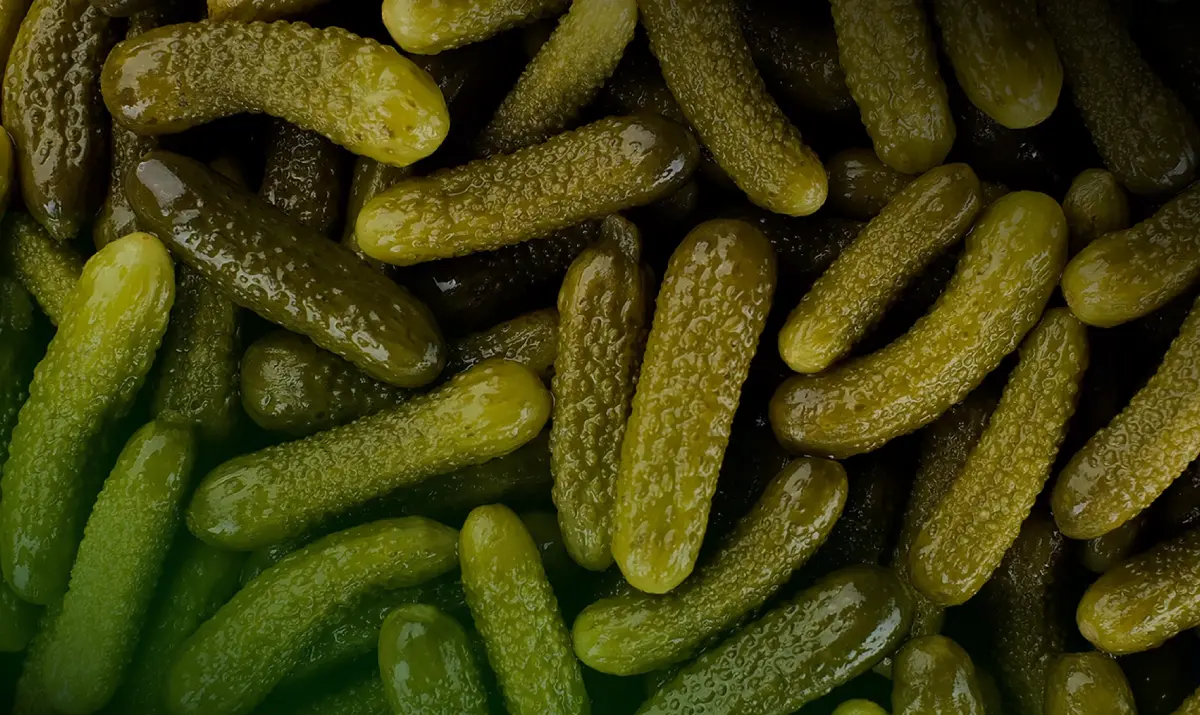
From Brine to Brain

Taste Bud Turmoil
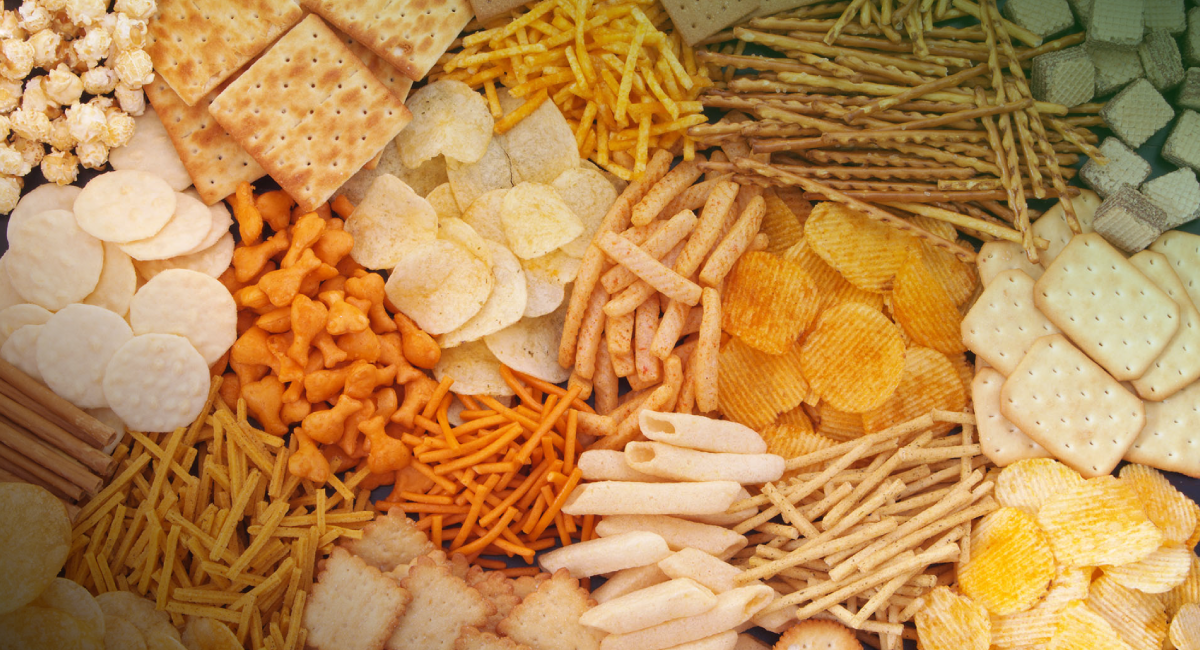
The Salty Snack Game Is Changing: What It Takes to Win with Today’s Consumers

Label Fatigue: Are We Overwhelming the Consumer with Too Much Information?
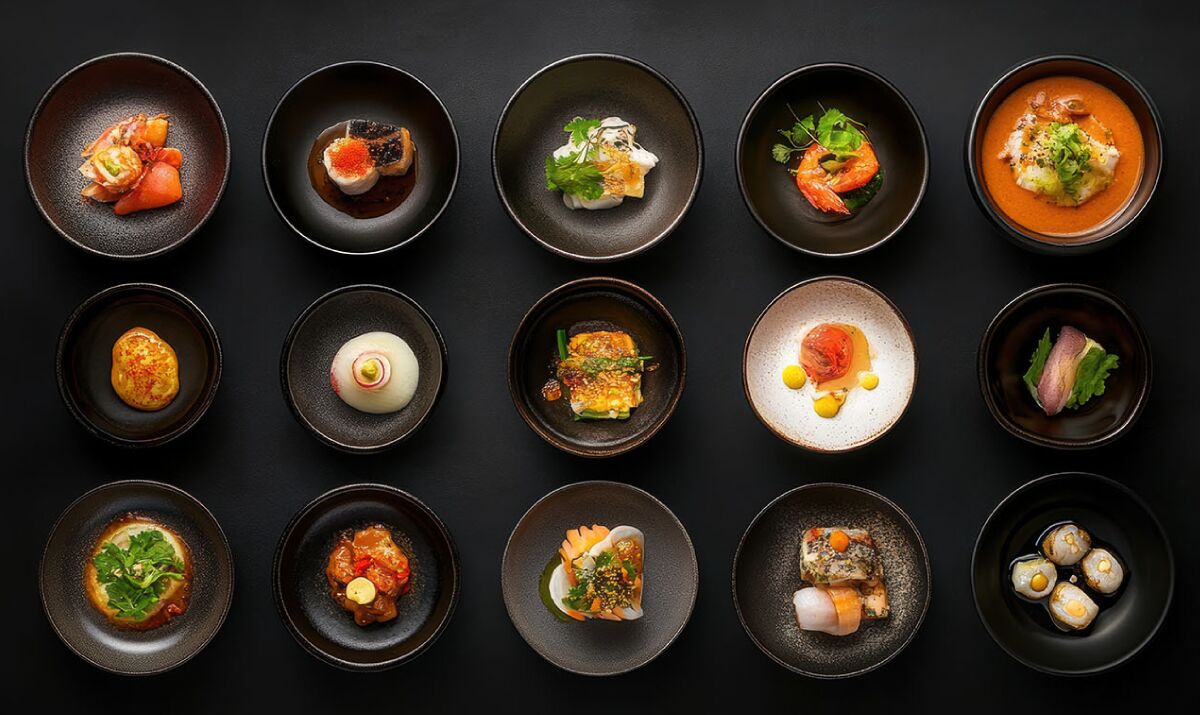
Go Big or Go Bland: The Rise of Maximalism in Taste
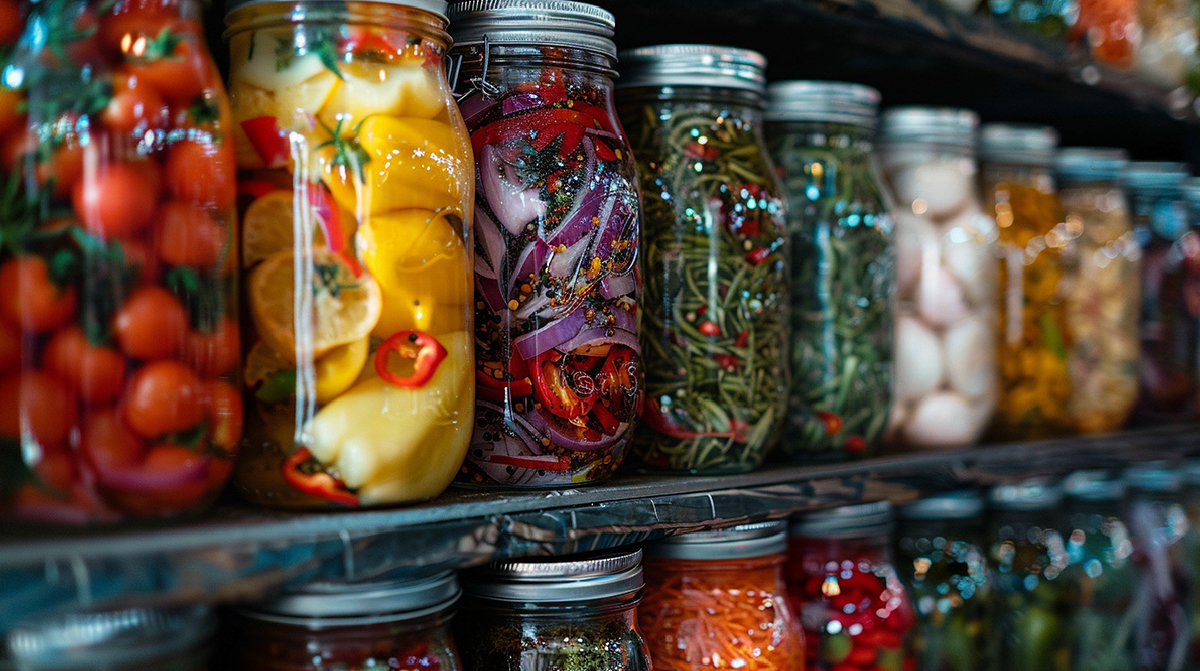
Tackling Food Waste from Every Angle: From Policy to Plate

How Health, Tech, and Global Events Are Changing What We Eat


